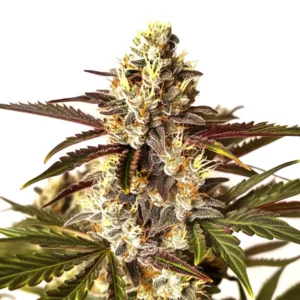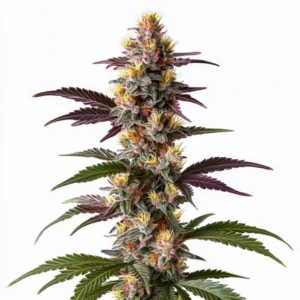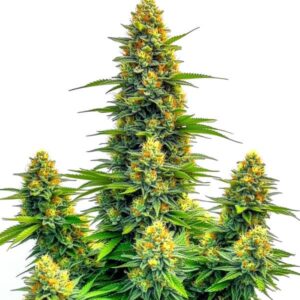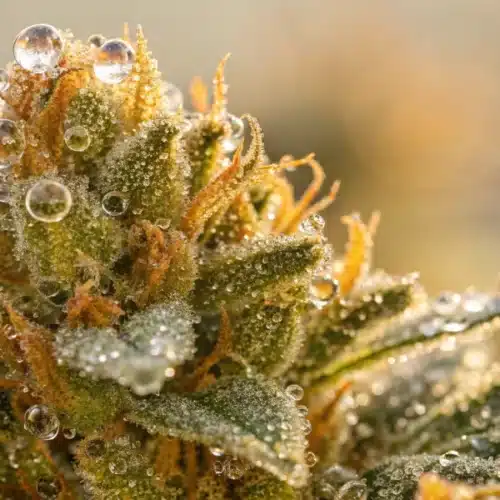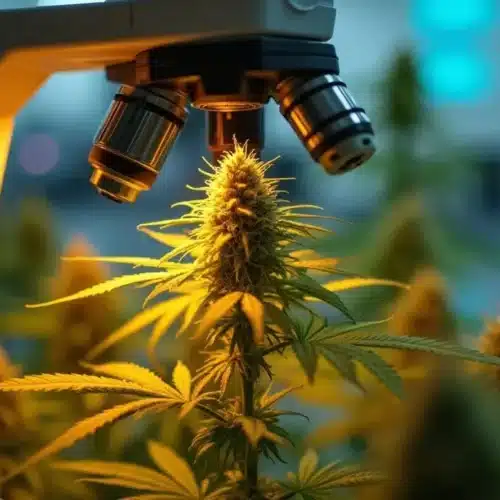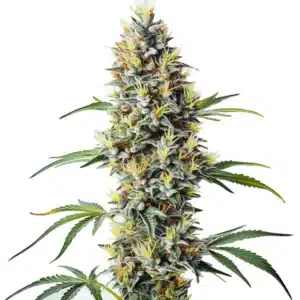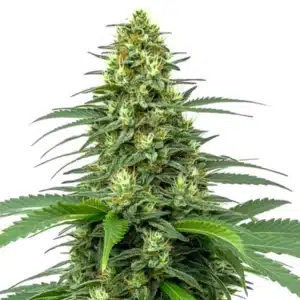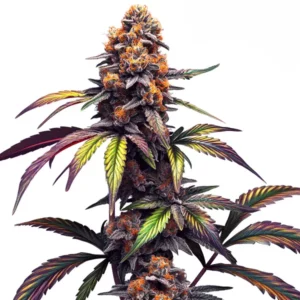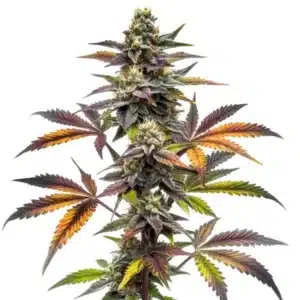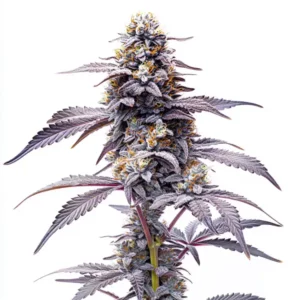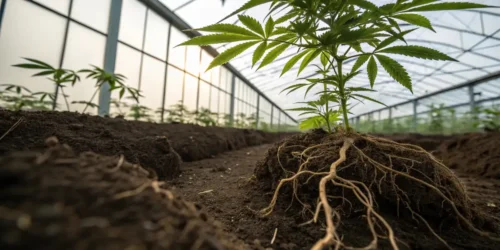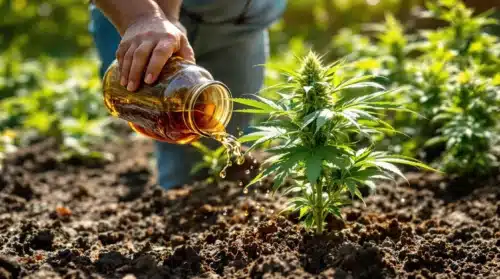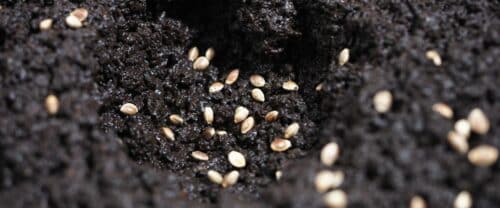Have you ever paused to wonder why the secret behind robust, flourishing marijuana plants outdoors lies beneath your feet? The answer rests in the perfect mix of natural elements in the soil. When you nurture your garden with the right blend, every plant thrives, and your harvest becomes abundant. This article sheds light on the methods and tips to create and maintain the ideal soil.
Choosing the Right Soil for Marijuana Plants Outdoors
Selecting the proper soil is the foundation for a successful outdoor grow. A balanced mix that drains well yet holds enough moisture encourages roots to develop deep and strong. The perfect soil for marijuana plants outdoors should combine natural loam with organic matter and minerals. It is important to have a mix that supports both growth and nutrient retention while keeping harmful elements at bay.
A well-chosen soil supports healthy growth and robust yields. Gardeners often blend garden soil with compost and perlite to create a loose structure that improves aeration. This approach enhances the natural fertility of the soil. Regular testing and adjustment ensure the nutrient balance stays optimal throughout the growing season. The right soil can transform your garden into a thriving outdoor oasis.
Promos & Deals
Organic Additions to Improve Your Soil
Enhancing your soil with organic amendments makes it richer and more fertile. Adding compost, worm castings, and natural fertilizers boosts the nutrient content. These organic additions not only improve texture but also support beneficial microorganisms. A blend of these components creates the ideal soil, where each ingredient works together to build a strong foundation for plant growth and health.
Organic matter enriches the soil naturally and helps maintain moisture levels. Gardeners incorporate bone meal, fish emulsion, and kelp extracts to provide essential nutrients. These natural products create an environment that encourages healthy root development and strong plant structure. The improvement in soil quality translates into more vigorous growth and better yields for marijuana plants outdoors. Every organic addition plays a part in achieving a nutrient-rich medium.
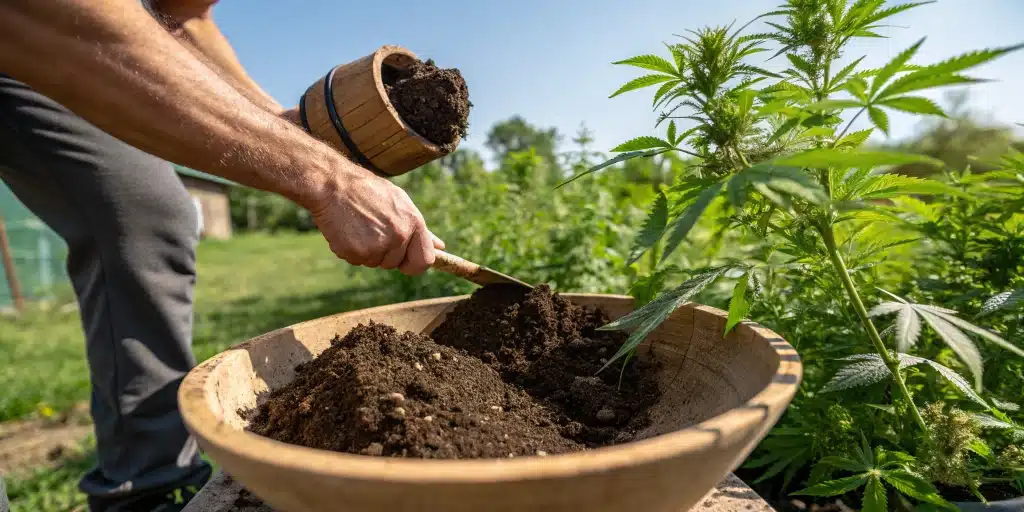
Preparing Your Soil for a Successful Outdoor Grow
Before planting, it is essential to prepare the soil thoroughly. Start by clearing the area of debris and weeds to ensure that nothing competes with your marijuana plants. Tilling the soil loosens compacted layers and allows air to reach the roots. This careful preparation sets the stage for creating the perfect soil for marijuana plants outdoors that will support healthy growth from the very beginning.
After initial preparation, mix in organic amendments and check the soil pH. A slightly acidic pH, around 6.0 to 6.5, is optimal for marijuana plants outdoors. Testing the soil helps determine the need for further adjustments such as lime or sulfur. By ensuring the pH is balanced, you create an environment where nutrients are readily available. This thoughtful preparation fosters the best conditions for a thriving outdoor garden.
Outdoor Growing Techniques and Soil Management
Managing your garden soil is key to long-term success. Regularly adding fresh organic matter and monitoring moisture levels keeps the soil lively and productive. A proactive approach to managing the soil for marijuana plants outdoors involves periodic mulching and minimal tilling. Mulching helps maintain temperature and moisture while reducing weed growth, giving your plants the best chance to flourish naturally.
Using cover crops and green manures during off-seasons adds organic matter back into the soil. This method protects the soil from erosion and improves structure over time. Consistent care and smart management practices ensure that your garden continues to provide robust growth and high yields season after season.
Troubleshooting Common Soil Issues
When problems arise, addressing them quickly is essential. Issues such as poor drainage, nutrient imbalances, or compacted soil can affect plant health. Simple solutions, like adding perlite for better drainage or mixing in more compost to improve structure, can resolve these issues effectively. Regular observation helps identify when adjustments are needed, ensuring that the soil for marijuana plants outdoors remains a supportive environment for thriving growth.
Identifying signs of soil stress early can prevent major setbacks. Yellowing leaves or stunted growth may indicate a need for extra nutrients or changes in watering practices. By keeping a close watch and making small adjustments, you ensure the soil for marijuana plants outdoors is always in peak condition. Practical troubleshooting enables a steady, resilient garden where plants can flourish and yield an abundant harvest.
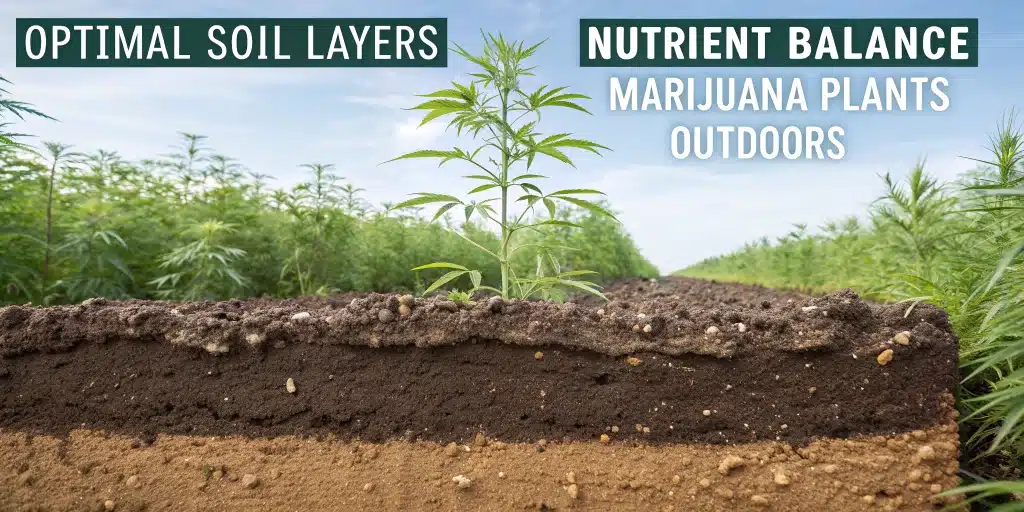
FAQs about soil for marijuana plants outdoors
What type of soil is best for marijuana plants outdoors?
A mix of loamy soil enriched with organic matter, such as compost and worm castings, works well. It provides good drainage and retains moisture, offering balanced nutrients. Regular testing helps maintain optimal conditions. This type of soil for marijuana plants outdoors supports robust root growth, healthy foliage, and abundant yields when managed correctly with natural amendments.
How do I improve poor soil for marijuana plants outdoors?
Amend poor soil by adding organic compost, worm castings, and natural fertilizers. Incorporate perlite or sand for better drainage if the soil is too compact. Testing the pH and adjusting with lime or sulfur can help balance nutrient availability. Regularly mixing in these elements creates the ideal soil for marijuana plants outdoors, leading to healthier growth and improved yield performance over time.
How often should I amend the soil for marijuana plants outdoors?
Regular amendments should be made every growing season or at least twice a year. Adding compost and organic matter keeps the soil fertile and well-structured. Frequent testing of pH and nutrient levels guides adjustments to maintain optimal conditions. Consistent care ensures that the soil for marijuana plants outdoors remains enriched and balanced, supporting robust plant development and ensuring long-term garden productivity.


